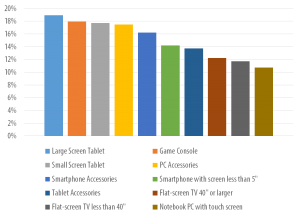The smartphone wars are over. Apple won.
They are not the only winner, of course, just the biggest. I confess I do not fully appreciate the many moving parts of a Korean chaebol, nor understand Korean accounting practices. Such caveats notwithstanding, Samsung also emerged victorious.
Given that there now exists about a billion persons who use Google services everyday, several times a day, their most personal information monetized by the company’s anonymous servers in steady bursts, clearly Google also won, even if it has yet to show up in their earnings reports.
The losers include Sony, Panasonic, Sharp, BlackBerry, Palm, Dell, and far too many others to list here.
Except, our story doesn’t end there. The world keeps spinning. The market keeps growing, smartphones continue to invade new industries, apps are becoming more robust, software ever smaller, the power and scale of the cloud keeps expanding — and competition never stops.
One Shot One Opportunity Is False
HP — remember them — is set to release a low-end smartphone for emerging markets. Don’t scoff. The vast majority of the world still does not own the equivalent of the very device you refuse to give up for even a day. While Samsung continues to lead all smartphone makers, the company’s operating profit fell notably in the fourth quarter, likely due to reduced margins on its high-end smartphones. Apple, meanwhile, saw its global smartphone share drop to a shockingly low 12.1%. That’s not 12.1% of global mobile phone sales but of “smartphone” sales. I never expected it to be so meager.
Yet, new opportunities abound.
Apple’s iPhone is steadily invading corporate IT. With each job and every task smartphones strip away from traditional PCs, their inherent value increases.

Cars are another new battleground. That constant stream of real-time data, entertainment and connectivity we now demand fill every moment of our lives will not be halted simply because we get inside a car. This is a big deal. Around 80 million new cars and trucks are sold every year.
Last summer, Apple announced iOS in the Car, its effort to integrate iOS apps and services with newer automobiles. I have exceedingly low expectations. Apple makes its money from hardware sales, iPhone hardware in particular. iOS in the Car still requires users to have an iPhone which they must then plug into the vehicle to gain the full benefits of Siri, Maps, iTunes and other content. This is much too limiting.
Google’s recently announced Open Automotive Alliance — still primarily vapor — has a far greater upside as it is free from such device constraints. The automotive market may force Apple to re-think its hardware-only focus very soon. After all, Apple hardware, at least while we are driving, is effectively irrelevant.
The situation is much different in wearables, where I contend Apple has a decided advantage. If we are ever going to wear computing devices en masse — be they wristbands, eyewear or clothing — they will have to be far more than merely functional. They must look good. They must synch effortlessly with our smartphones and other computers. They must be intuitive to operate. We will want to try them on without sales pressure. Advantage: Apple.
Sports and wellness, the Internet of Things, and the extrication of content from copyright, which will allow us to control, share and interact with content at all times and from any place, will similarly spin the smartphone market into numerous overlapping paths, merging with, tearing down and creating industry after industry.

Then there are the giant emerging markets. China, of course, but also India, which has long embraced Sony and Samsung. In my admittedly limited experience, Southeast Asia has long revealed a love of physical keyboards and robust messaging services — offering a potential return to life for BlackBerry.
As the many combatants prepare for these coming new wars, let us rejoice in the fact that we can now can go to practically any mall, any carrier’s store, any electronics retailer anywhere in the world, and purchase an extraordinarily powerful, highly functional and reasonably intuitive connected mobile computer for relatively little money. Which is exactly what I did recently. I was quite surprised by what happened.
I chose Windows Phone.
Though I have used smartphones built for nearly every single platform from all around the world, my go-to device for the past 5 years has been iPhone. No longer.
These are my reasons why — and they remind us that even where the smartphone wars are settled, they are never truly settled.
I Like Big Displays And I Cannot Lie
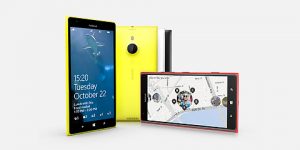 I now primarily use the Nokia Lumia 1520. It’s huge. I love it. Surfing the web, reading a book, racing cars (gaming), watching movies, scanning my photos; all are so much more delightful on the gorgeous and very big Lumia 1520 display than on the iPhone.
I now primarily use the Nokia Lumia 1520. It’s huge. I love it. Surfing the web, reading a book, racing cars (gaming), watching movies, scanning my photos; all are so much more delightful on the gorgeous and very big Lumia 1520 display than on the iPhone.
I dislike the iPhone 5(c/s) screen dimensions. I find it much too narrow. The dimensions of the iPhone 5 series, in my view, reveal the limits placed upon Apple by its highly successful app ecosystem. Yes, apps should be optimized for specific screen sizes and Apple is the clear leader in apps, both in terms of quantity and quality. Unfortunately, this results in a display with dimensions that I find to be both limiting and, frankly, unattractive.
I have found no device that is as beautiful as the colorful and unapologetically polycarbonite Lumia phones.
Build Quality
The Lumia looks great, yes, but it also feels great. In fact, Nokia devices have long been known for their build quality and durability. This is not to suggest that Apple’s newest iPhone is poorly constructed. Rather, they feel flimsy. iPhone 5s, in particular, feels much too light, like your grandmother’s jewelry.
Navigation
The combination of Nokia Maps (Here Maps), which includes traffic data, search, and downloadable maps, plus Here Transit for public transportation data has proven more helpful to me than Apple’s alternative. Google Maps with Waze, not fully available on Windows Phone, may prove more useful to most. However, I simply don’t want to provide Google with still more of my personal data.
Accessories
Most iPhone accessories are priced well above my pay grade. Not so with Windows Phone. I recently purchased a car charger for my Windows Phone at a gas station — for less than $10. The low price was due, of course, to Windows Phone’s use of the micro USB standard. Similarly, I lost my Jambox charger. Luckily, it also uses micro USB so I simply swap with my phone charger. Standards make life easier.
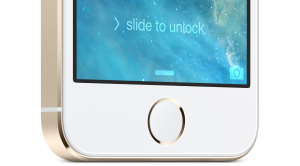 iOS 7
iOS 7
I love what I think Apple is trying to do with iOS 7. The problem is, they haven’t done it yet. The emphasis on data presentation, plus improved integration across select apps and functions is a laudable achievement. It’s just that the damn thing freezes and crashes much too frequently.
Live Tiles
Live Tiles are often — but not always — preferable to static app icons. Tiles can display current weather, show me how many calories I have consumed for the day, display my favorite photos. Tiles that merely twinkle and flash and convey no useful information, however, are admittedly a time-sucking distraction.
The Fine Print
I am a Mac user. This means that with Windows Phone I no longer have apps that effortlessly synch across iPhone and Mac. This is just one of the sacrifices I’ve had to accept by choosing Windows Phone.
Because of copyright restrictions, I no longer have full, unfettered access to all the songs and videos I’ve purchased over the years through iTunes.
There are far fewer apps and most apps are of lesser quality on Windows Phone.
Maddeningly, the very latest Windows Phone keyboard remains determinedly stuck in 2011. The keyboard is cumbersome and stupid, rarely correcting my obvious typos.
As much as I dislike the iPhone 5 design, it adheres to what should be a cardinal rule for smartphones, despite everything I have said about big, beautiful displays: for every smartphone, it should be possible for every action to be performed with just one hand.
Games? There are great games on Windows Phone. Microsoft also appears intent on offering a gaming experience that truly integrates phone and Xbox console. Then there’s that bigger display. However, there are far more games for all types of gamers available on iPhone.
Mobile Safari and Mobile Explorer are equivalent. FaceTime and Skype are not, however, with Skype more a global and business telephony service and FaceTime the world’s most accessible video chat service.
Nokia offers highly granular camera controls that are sorely lacking on iPhone. My Lumia takes much better pictures at night. However, iPhone 5(c/s) takes great pictures and is faster to operate.
Email is simpler to use and to set-up on Windows Phone.
The Windows Phone equivalent of Siri is of absolutely no use. As I am at a loss to recall a single instance when I have found Siri useful, this probably doesn’t matter.
Winners & Winners
Clearly, whichever device and whichever platform you choose requires trade-offs. I expect this to become even more pronounced as the smartphone wars morph, move into entirely new arenas, enable new devices, like wearables, reinvigorate old device, like automobiles — and steadily connect more and more billions of people across the world.
For millions of people every month, and for nearly all of us at least once every year or two, an opportunity presents itself to embrace a new or different platform. This is a good thing as it keeps the combatants ever vigilant, always striving to improve.
The smartphone wars are not over. Rather, the first smartphone war has ended.
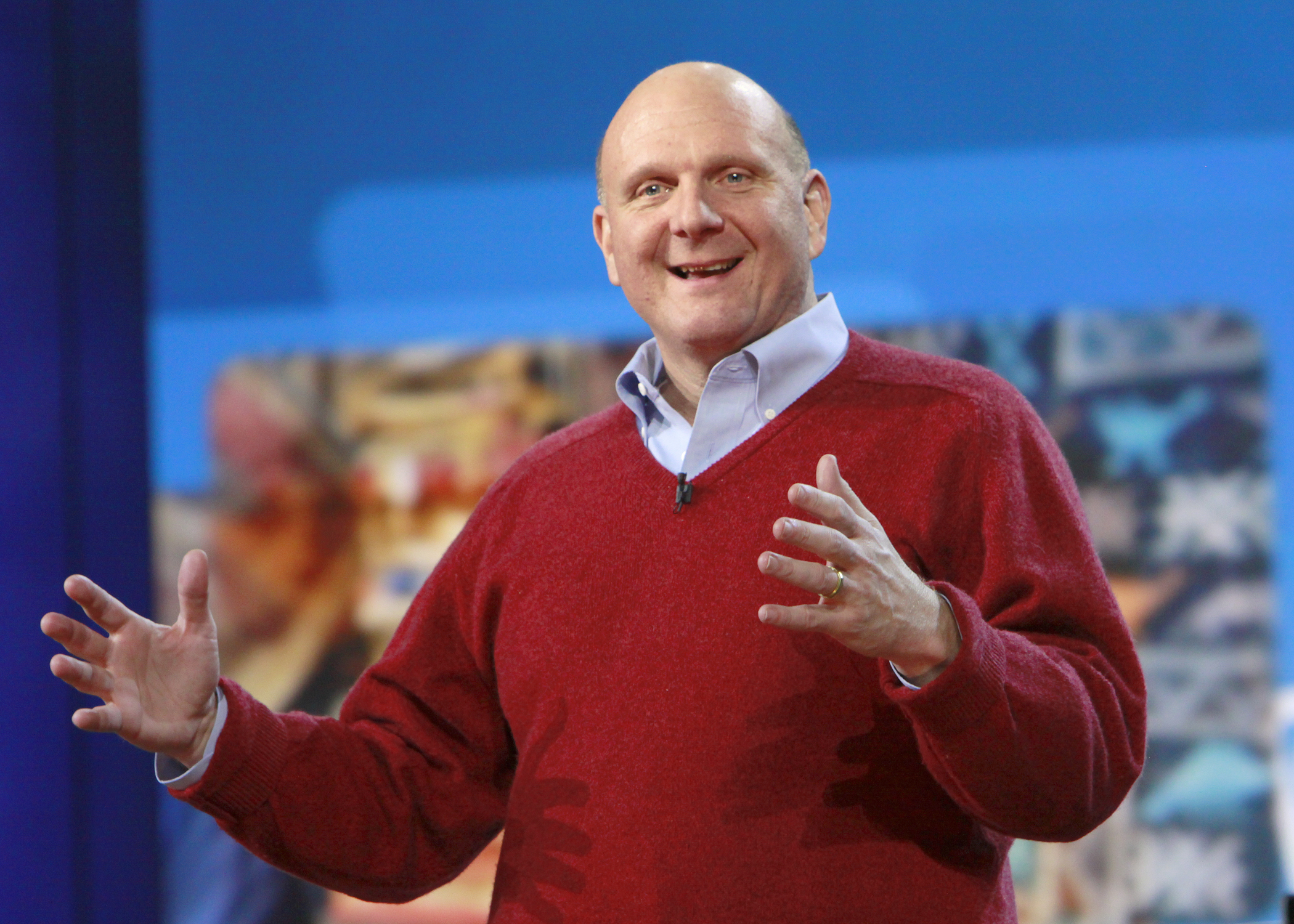





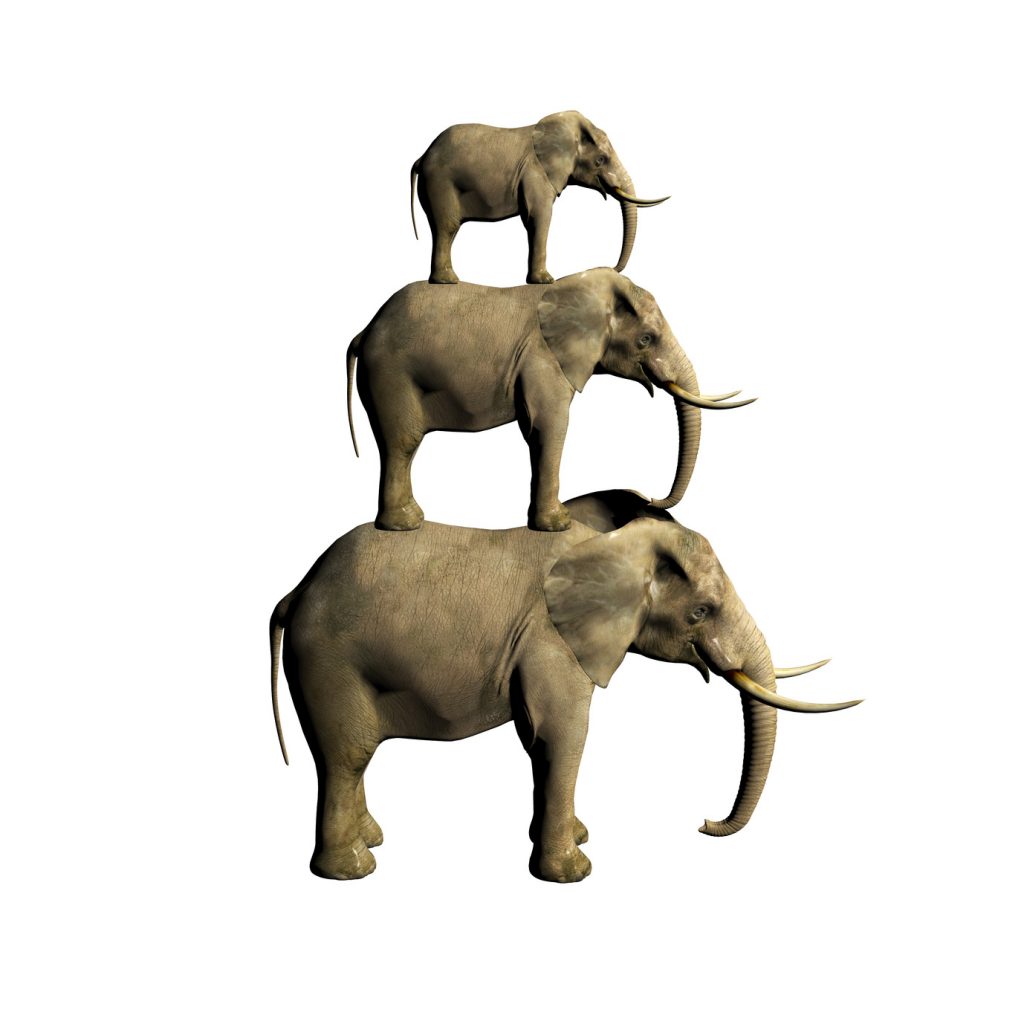
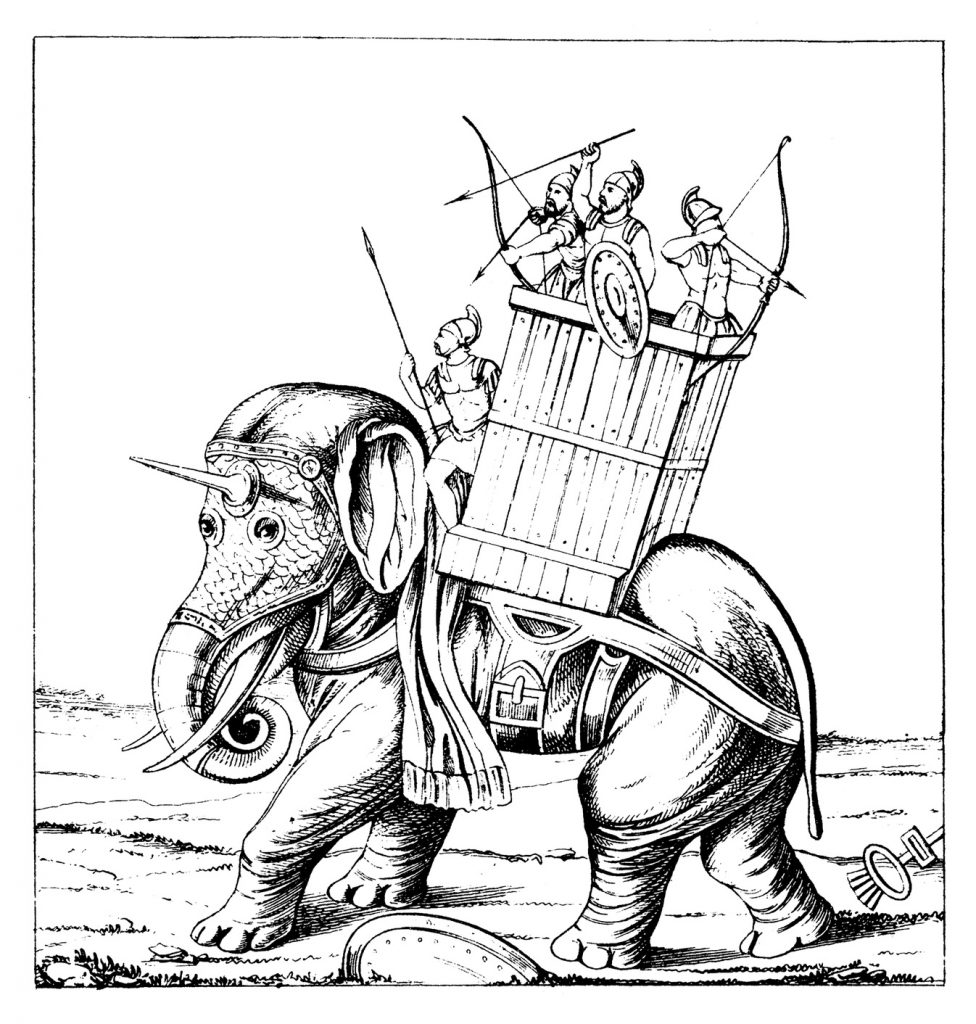

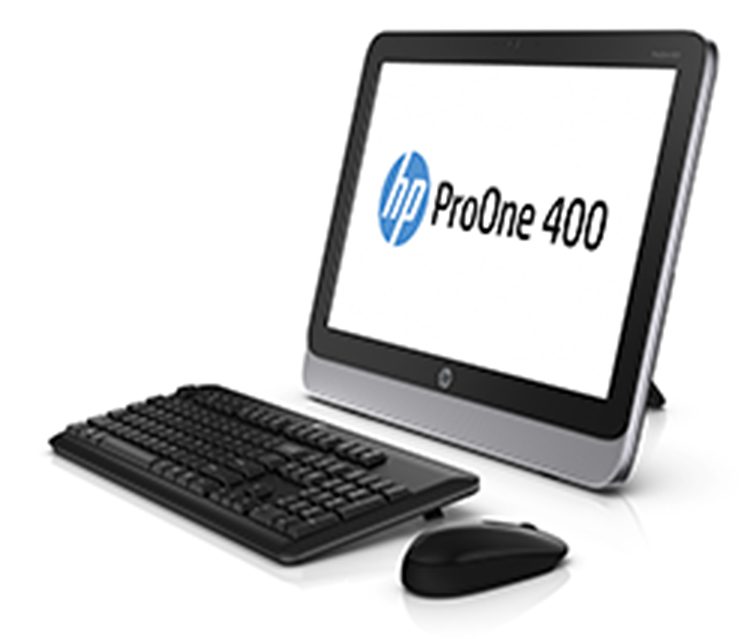
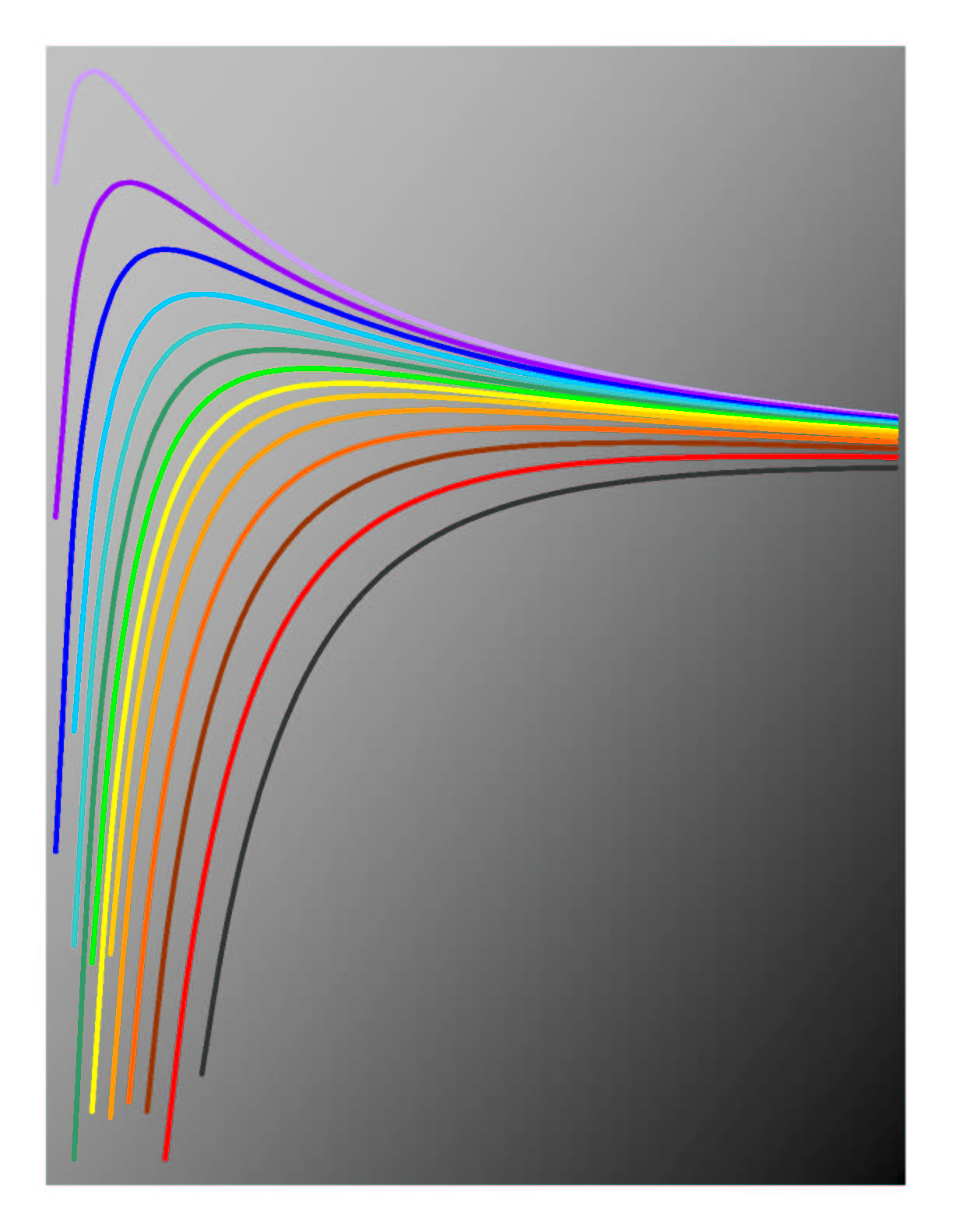
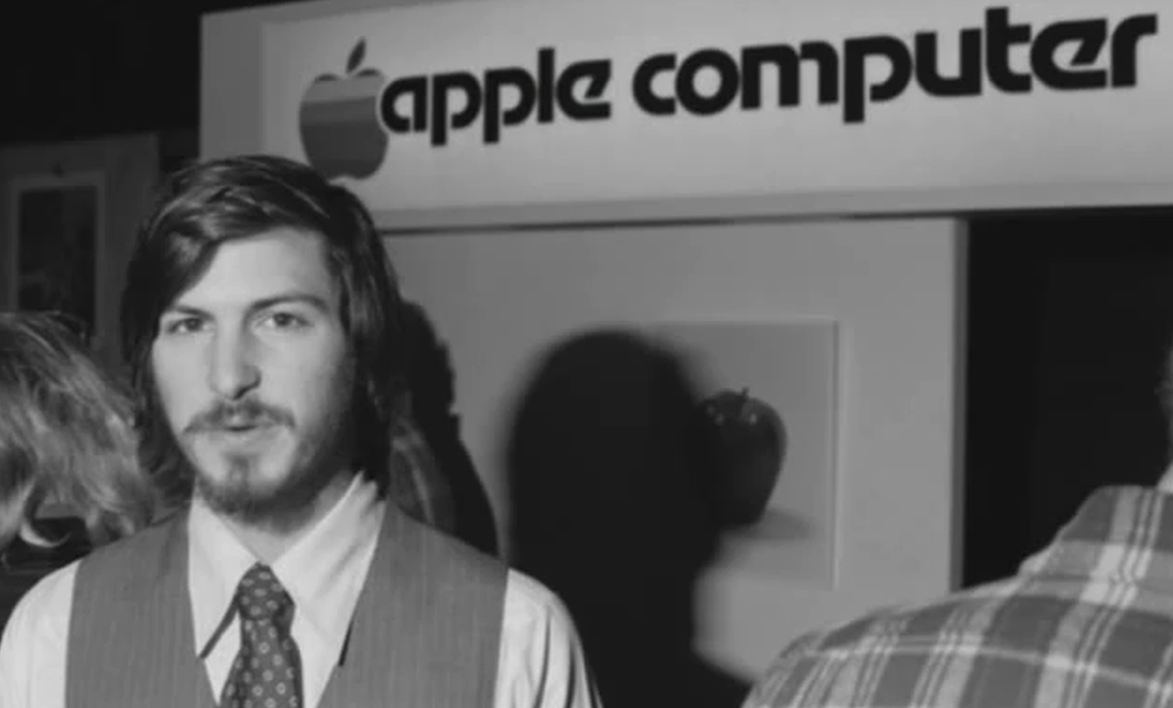
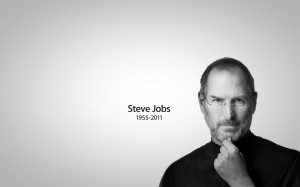 In so many ways, ways we now take for granted, ways that Google and Microsoft are rapidly trying to copy, it was Jobs who showed us the way — even as we all were convinced of his wrongness. Jobs proved us wrong not just on technical matters, but on profound aspects of both technology and business.
In so many ways, ways we now take for granted, ways that Google and Microsoft are rapidly trying to copy, it was Jobs who showed us the way — even as we all were convinced of his wrongness. Jobs proved us wrong not just on technical matters, but on profound aspects of both technology and business.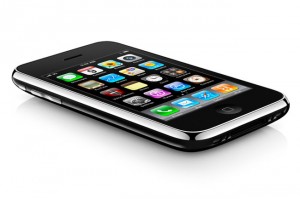
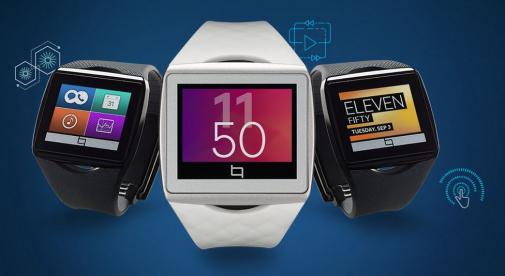

 The Washington Post led today’s front page with a very curious choice: An article, by Steven rich and Barton Gellman, that said the National Security Agency is sponsoring research into quantum computing that, if successful, would break public key encryption. The story is odd for two reasons. First, it would be very strange is NSA were not doing this, since quantum computing is a hot area of cryptologic research and that is at the core of the NSA’S mission. Second, except for revealing a contract between the NSA and an obscure University of Maryland physical sciences lab, the article contained essentially nothing new. In fact, if you read to the end of its fourth paragraph, it told you “the documents provided by [Edward] Snowden suggest that the NSA is no closer to success than others in the scientific community.”
The Washington Post led today’s front page with a very curious choice: An article, by Steven rich and Barton Gellman, that said the National Security Agency is sponsoring research into quantum computing that, if successful, would break public key encryption. The story is odd for two reasons. First, it would be very strange is NSA were not doing this, since quantum computing is a hot area of cryptologic research and that is at the core of the NSA’S mission. Second, except for revealing a contract between the NSA and an obscure University of Maryland physical sciences lab, the article contained essentially nothing new. In fact, if you read to the end of its fourth paragraph, it told you “the documents provided by [Edward] Snowden suggest that the NSA is no closer to success than others in the scientific community.”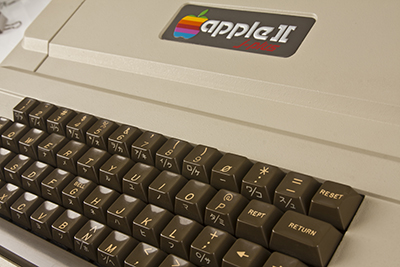
![Apple ][+](http://techpinions.com/wp-content/uploads/2014/01/Apple_II_J-Plus.jpg) Apple: Apple may, as its critics claim, not be much of an inventor but the company has an unparalleled record as an innovator. From the Apple ][ to the Mac to the iPod to the iPhone, the iPad, and the new Mac Pro, Apple has (except for a few grim years in the mid–1990s) an unparalleled record of innovation. Apple simply made everything it touched work better. Even its occasional flops, the Newton MessagePad and the QuickTake camera, for example, were interesting products that made significant contributions. And when Apple wasn’t doing breakthrough products, it was revolutionizing the retail experience and, as Harry C. Marks points out
Apple: Apple may, as its critics claim, not be much of an inventor but the company has an unparalleled record as an innovator. From the Apple ][ to the Mac to the iPod to the iPhone, the iPad, and the new Mac Pro, Apple has (except for a few grim years in the mid–1990s) an unparalleled record of innovation. Apple simply made everything it touched work better. Even its occasional flops, the Newton MessagePad and the QuickTake camera, for example, were interesting products that made significant contributions. And when Apple wasn’t doing breakthrough products, it was revolutionizing the retail experience and, as Harry C. Marks points out 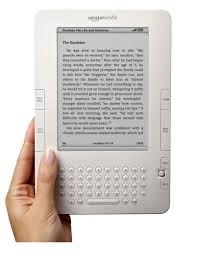 Amazon.com: Amazon’s most significant invention is the notorious “one-click” patent. But as an innovator, it has revolutionized retailing. It also turned a decade of failed attempts to create e-readers on its head by making the purchase and consumption of digital books a simple and seamless experience. And along the way, it turned some surplus computing and storage capacity into a Amazon Web Services, multibillion dollar business that has allowed countless startups to get off the ground and scale, sometimes to spectacular size (see Netflix), with minimal capital investment.
Amazon.com: Amazon’s most significant invention is the notorious “one-click” patent. But as an innovator, it has revolutionized retailing. It also turned a decade of failed attempts to create e-readers on its head by making the purchase and consumption of digital books a simple and seamless experience. And along the way, it turned some surplus computing and storage capacity into a Amazon Web Services, multibillion dollar business that has allowed countless startups to get off the ground and scale, sometimes to spectacular size (see Netflix), with minimal capital investment. Motorola: Motorola didn’t quite invent the cellphone by itself. AT&T Bell Labs scientists came up with the idea of cellular networks years before there phones to use on them. But a Motorola team headed by Martin Cooper developed the first practical cell phone, the DynaTAC. Because of the size and cost of early handsets, most of the first cell phones were permanent installations in cars. But Motorola came up with the pocketable (if you had a fairly big pocket) MicroTAC and then the “miniature” StarTAC (still a lot bigger than today’s smartphones) that turned cellular telephony into a true consumer industry. After dominating the industry in the early years, Moto lost its way during the transition from feature phones to smartphones and now is a division of Google, but its innovative contribution is undeniable.
Motorola: Motorola didn’t quite invent the cellphone by itself. AT&T Bell Labs scientists came up with the idea of cellular networks years before there phones to use on them. But a Motorola team headed by Martin Cooper developed the first practical cell phone, the DynaTAC. Because of the size and cost of early handsets, most of the first cell phones were permanent installations in cars. But Motorola came up with the pocketable (if you had a fairly big pocket) MicroTAC and then the “miniature” StarTAC (still a lot bigger than today’s smartphones) that turned cellular telephony into a true consumer industry. After dominating the industry in the early years, Moto lost its way during the transition from feature phones to smartphones and now is a division of Google, but its innovative contribution is undeniable. Palm/Handspring: Neither Palm nor its offspring and later acquirer Handspring were ever phenomenally successful companies. They were chronically underfunded, and Palm suffered from terrible corporate ownership. Yet for all of their soap-opera struggles they managed to bring to market two tremendously important firsts: The first useful PDA and the first practical smartphone. The Palm Pilot wasn’t the first PDA, but it was the first one people wanted to use, mostly because of designer Jeff Hawkins’ relentless focus on a simple user experience. Qualcomm came out with the first smartphone by combining a Palm with a cell phone, but the sleek, integrated Handspring (later Palm) Treo set the stage for the revolution.
Palm/Handspring: Neither Palm nor its offspring and later acquirer Handspring were ever phenomenally successful companies. They were chronically underfunded, and Palm suffered from terrible corporate ownership. Yet for all of their soap-opera struggles they managed to bring to market two tremendously important firsts: The first useful PDA and the first practical smartphone. The Palm Pilot wasn’t the first PDA, but it was the first one people wanted to use, mostly because of designer Jeff Hawkins’ relentless focus on a simple user experience. Qualcomm came out with the first smartphone by combining a Palm with a cell phone, but the sleek, integrated Handspring (later Palm) Treo set the stage for the revolution.





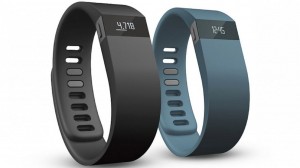
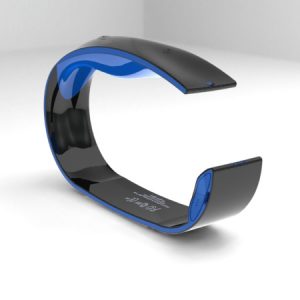
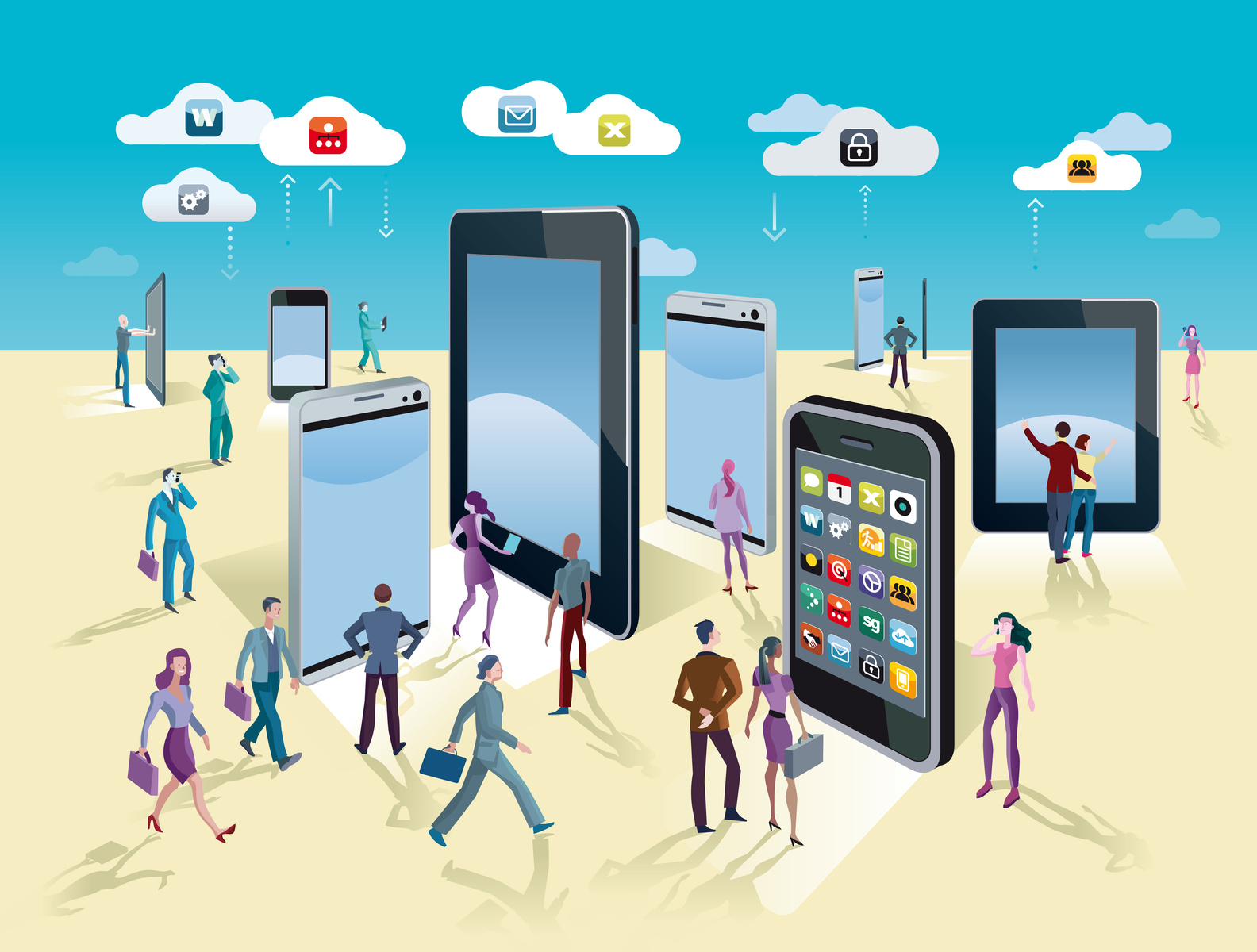

 Next Tuesday, New Year’s Eve, will mark the end of one of the most important journalistic tech industry web sites, Dow-Jones’ All Things Digital. Those of you who have been following this drama in recent months know that its disappearance will only be momentary. Walt Mossberg and Kara Swisher, who have run the site and associated conferences as an independent unit (but with no equity stake) are parting company with News Corp. after failing to reach agreement on a new contract.
Next Tuesday, New Year’s Eve, will mark the end of one of the most important journalistic tech industry web sites, Dow-Jones’ All Things Digital. Those of you who have been following this drama in recent months know that its disappearance will only be momentary. Walt Mossberg and Kara Swisher, who have run the site and associated conferences as an independent unit (but with no equity stake) are parting company with News Corp. after failing to reach agreement on a new contract.

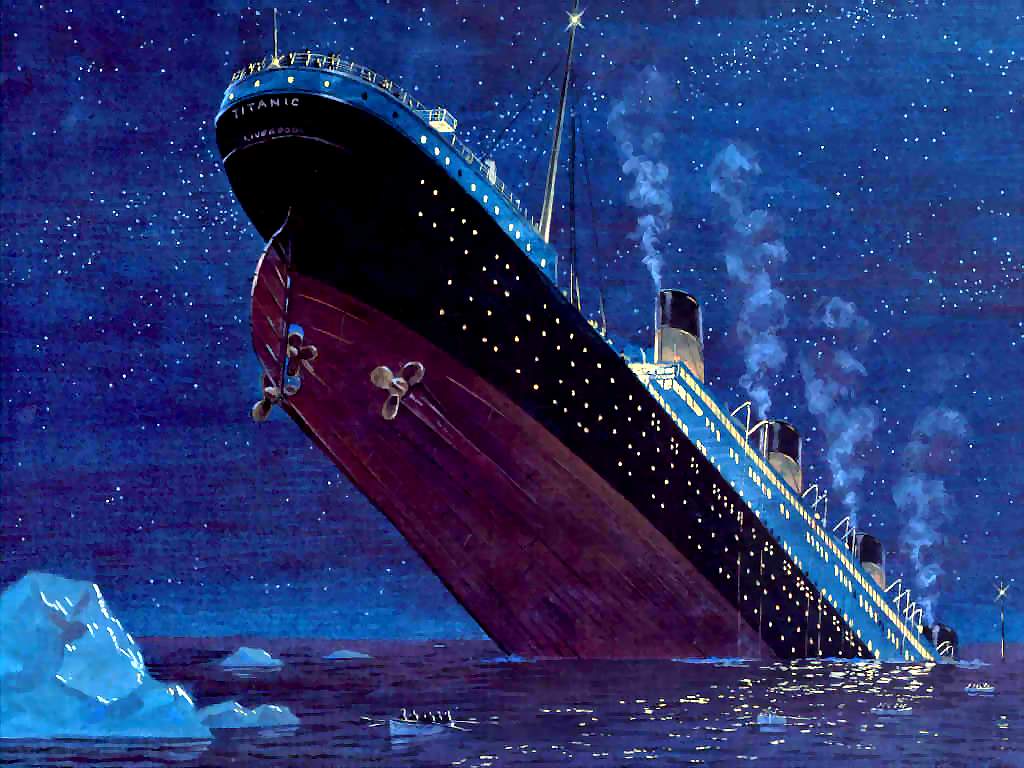

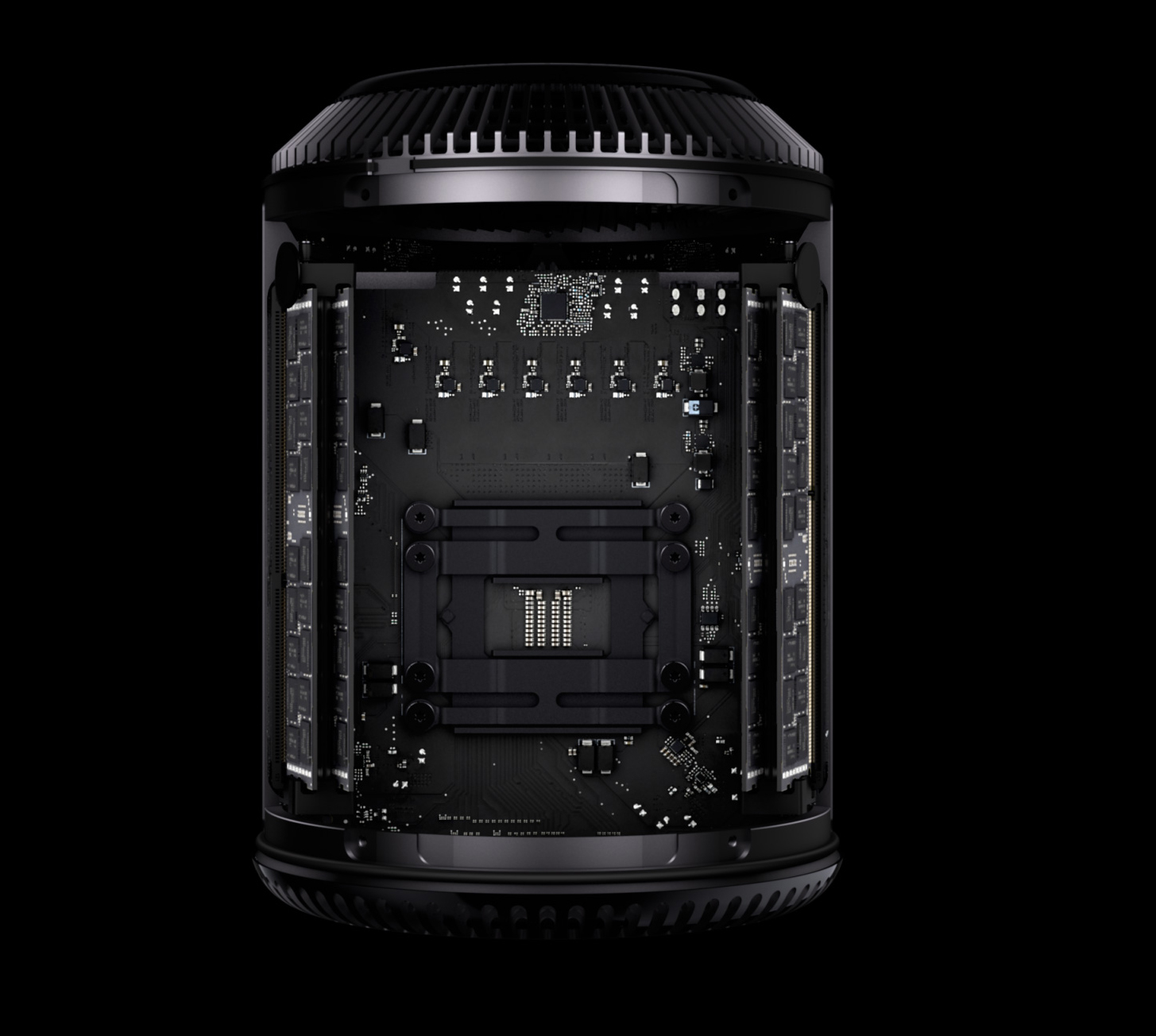

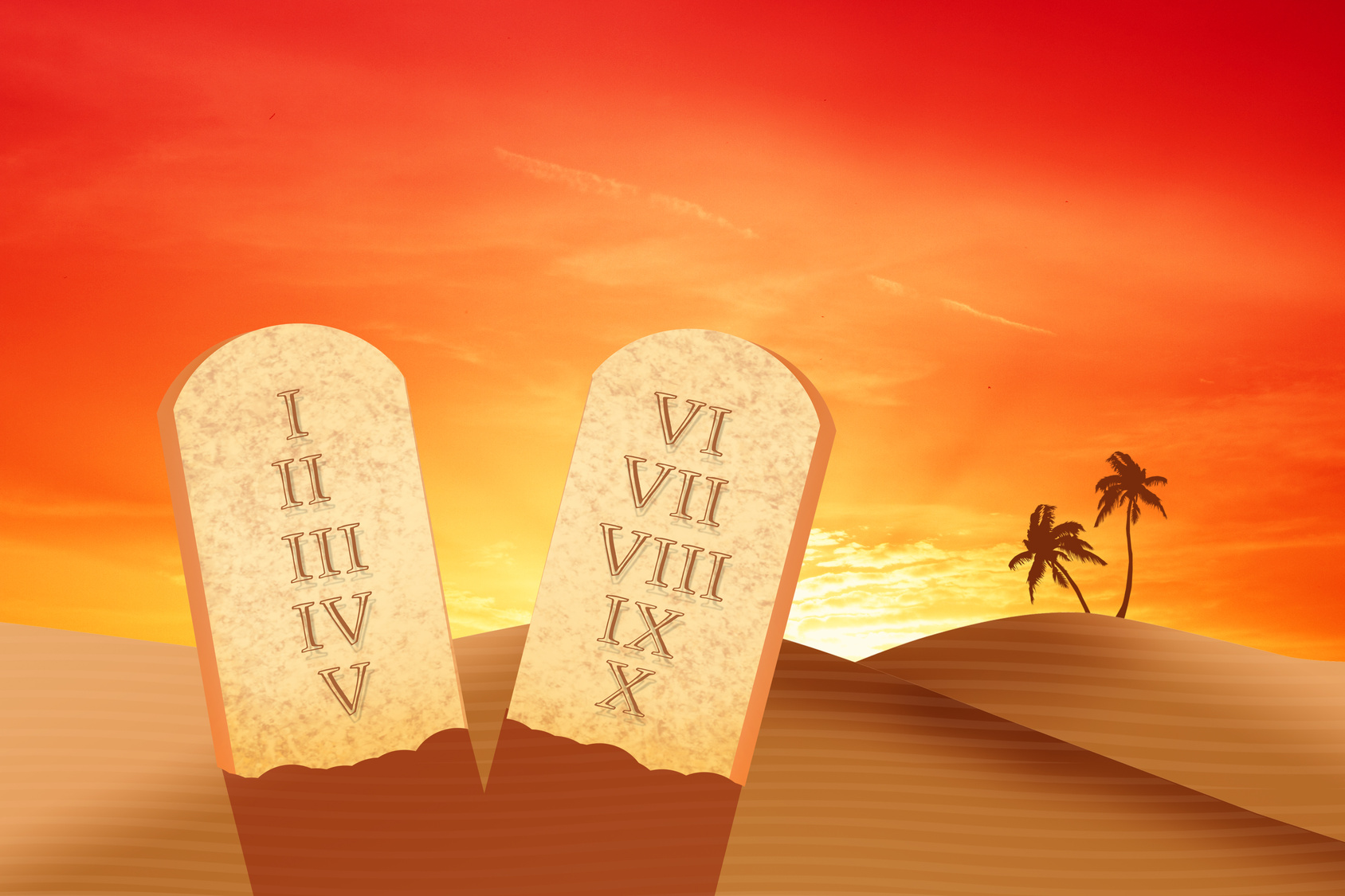

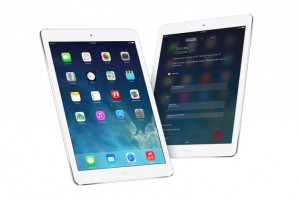 I don’t usually recommend tablets in my gift guide because I can’t add much value – it’s not like you didn’t know that there’s this thing called an iPad. However, this year I felt compelled to talk about three devices that are worthy of stronger consideration based on their successful completion of radical weight loss programs.
I don’t usually recommend tablets in my gift guide because I can’t add much value – it’s not like you didn’t know that there’s this thing called an iPad. However, this year I felt compelled to talk about three devices that are worthy of stronger consideration based on their successful completion of radical weight loss programs. 



 A year after Apple upended its accessories ecosystem by abandoning the 30 pin connector for the equally proprietary – but completely different – Lightning connector, there still aren’t enough products with Lightning connectors built in. So I was intrigued when
A year after Apple upended its accessories ecosystem by abandoning the 30 pin connector for the equally proprietary – but completely different – Lightning connector, there still aren’t enough products with Lightning connectors built in. So I was intrigued when 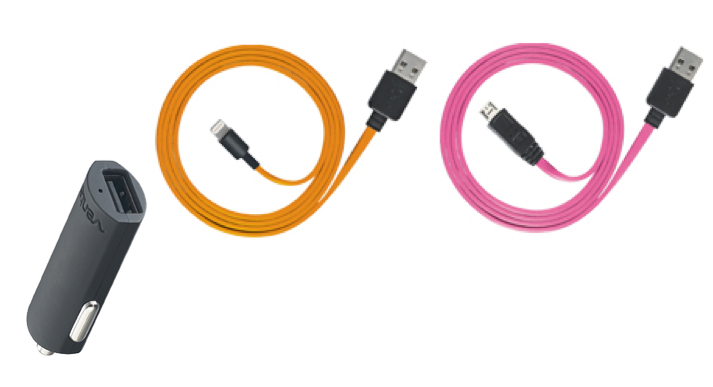
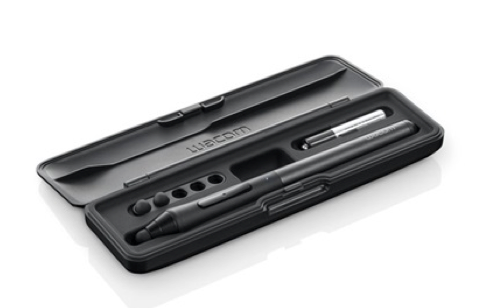







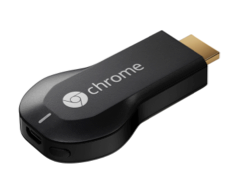 Google has made several attempts at taking over your television, and all of them flopped. Rather than try again with another version of Google TV that tries to cram search and apps and overlays and guides and PLAY services, etc. into a $200 box you don’t want to buy and need a PhD to install, Google finally just gave up. Instead, it tried to solve a simple problem: how do you get YouTube or other video from your laptop or Android device onto your TV as simply and inexpensively as possible?
Google has made several attempts at taking over your television, and all of them flopped. Rather than try again with another version of Google TV that tries to cram search and apps and overlays and guides and PLAY services, etc. into a $200 box you don’t want to buy and need a PhD to install, Google finally just gave up. Instead, it tried to solve a simple problem: how do you get YouTube or other video from your laptop or Android device onto your TV as simply and inexpensively as possible? 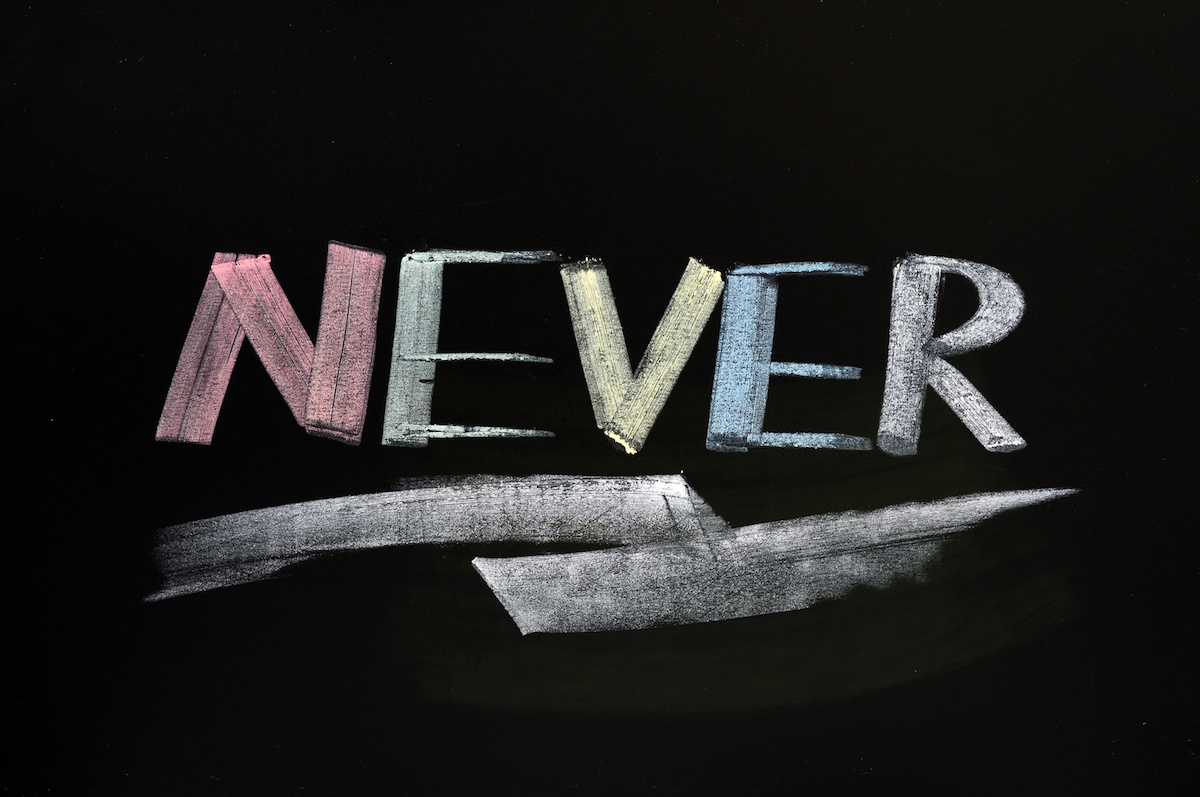



 If you want to know why Apple keeps winning in consumer markets and Microsoft keeps losing, you can find much of the answer in the ads the two companies use to present themselves to the world. This week, Apple channeled Frank Capra and Vincente Minelli into an iPhone ad in the form of a perfect 90-second nano-feature film. Microsoft, meanwhile, spends its ad dollars to trash the competition and come across as combining the worst features of Mr. Potter and the Grinch. I have worked with both companies for many years and can assure you that while they are very different from each other, both are fiercely competitive, touchy, and as huggable as hedgehogs. But there can be big difference between what you are and the persona you choose to present to the world.
If you want to know why Apple keeps winning in consumer markets and Microsoft keeps losing, you can find much of the answer in the ads the two companies use to present themselves to the world. This week, Apple channeled Frank Capra and Vincente Minelli into an iPhone ad in the form of a perfect 90-second nano-feature film. Microsoft, meanwhile, spends its ad dollars to trash the competition and come across as combining the worst features of Mr. Potter and the Grinch. I have worked with both companies for many years and can assure you that while they are very different from each other, both are fiercely competitive, touchy, and as huggable as hedgehogs. But there can be big difference between what you are and the persona you choose to present to the world.

